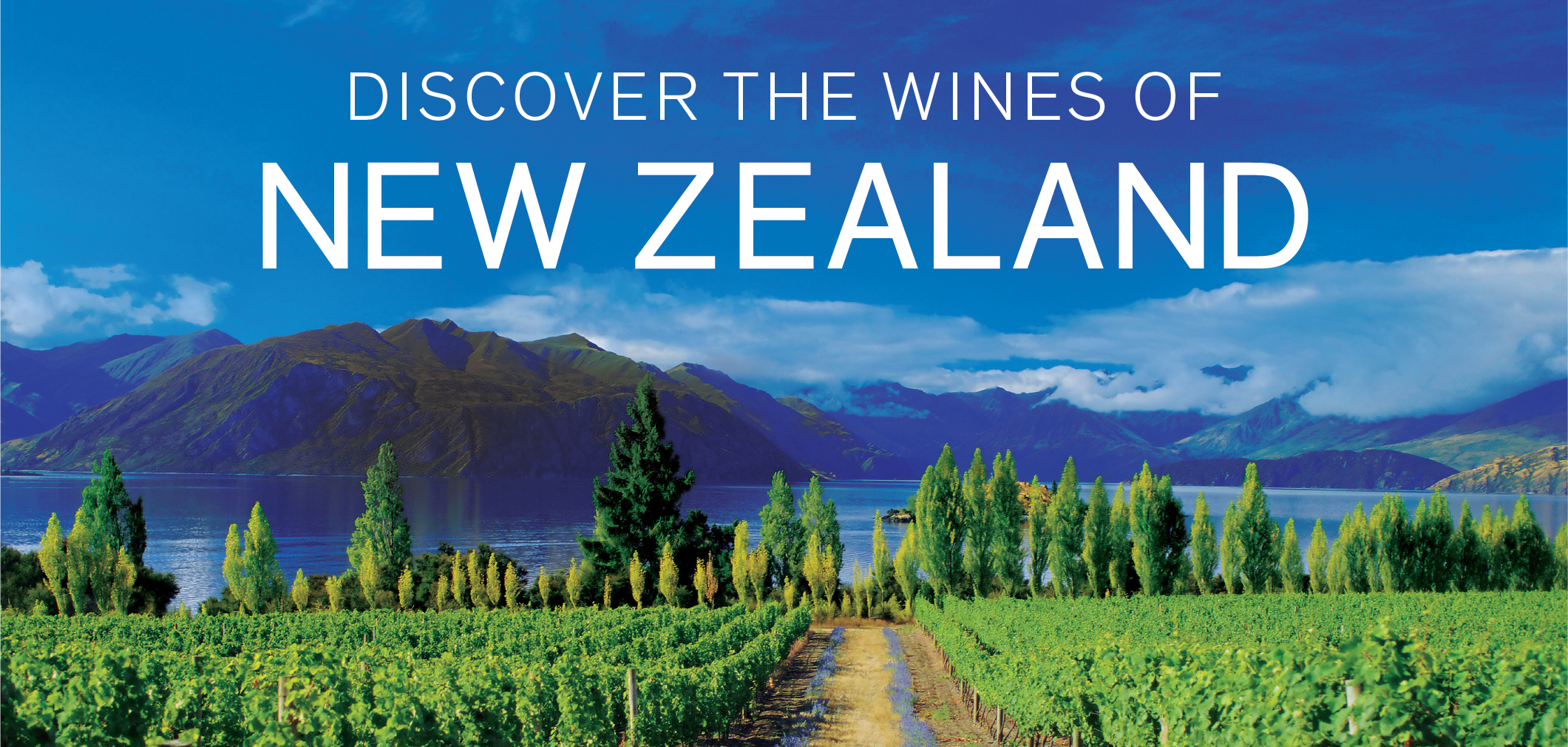
Where Sustainability Thrives
Beautiful, remote New Zealand makes only a tiny fraction of the world’s wine, but the Antipodean paradise is internationally recognized for the exceptional quality of its wines and its commitment to sustainable practices.
Among the newest of the New World wine regions, New Zealand has only been growing grapes for a little over 100 years, and it’s just in the past couple of decades that it has really started to produce serious wines on a scale that makes them available outside the country. Once known almost exclusively for Sauvignon Blanc, and still a leading producer of that variety, New Zealand is gaining renown for a wide variety of wines, all made with that distinct Kiwi style.
Wines to Try
Start discovering our collection of exciting New Zealand wines with this curated list, or visit our Destination New Zealand store at 1838 Avenue Rd. in Toronto to see our expanded in-store collection.
Regions to Know
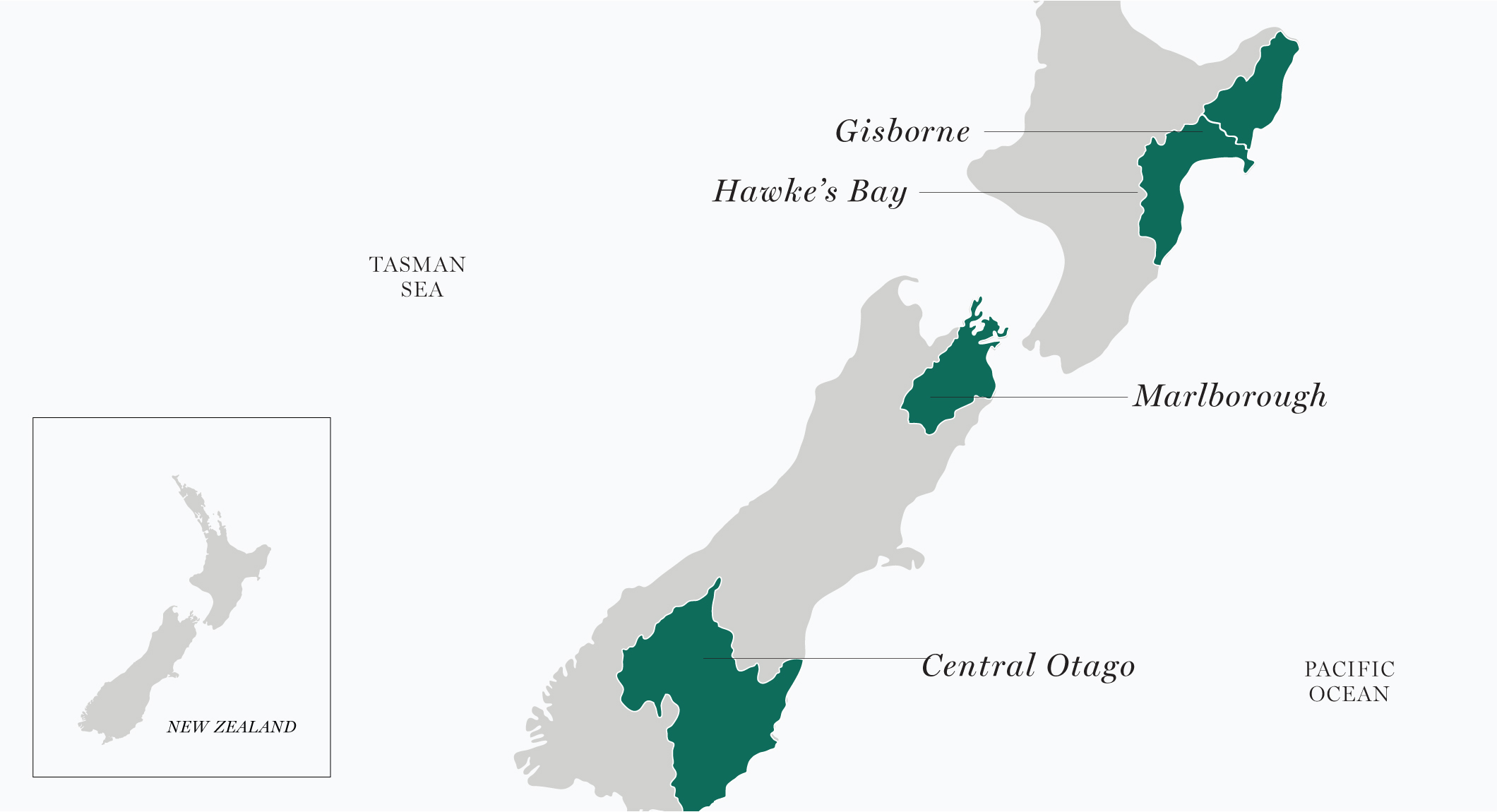

Marlborough
With over 20,000 hectares of vines, Marlborough is by far New Zealand’s largest wine region and is responsible for nearly two-thirds of the country’s total production. Situated on the northeastern tip of the South Island, the region was also one of the first to gain an international reputation. Long known for its zippy Sauvignon Blanc, Marlborough is now gaining a reputation for producing bright, vivacious Chardonnay, Pinot Noir and Pinot Gris.

Hawke’s Bay
Located along the dramatic east coast of the North Island, Hawke’s Bay is the country’s oldest and second-largest wine region. It’s renowned for its red varieties, including Bordeaux-style blends and Syrah — a result of this being one of New Zealand’s warmest grape-growing areas with one of the longest growing seasons. Chardonnay and Sauvignon Blanc also do extremely well in the region’s rich soil. Innovative winemakers are experimenting with a wide range of styles and grapes, from Malbec to Tempranillo to Viognier.

Gisborne
The northern neighbour to Hawke’s Bay, Gisborne is in the most easterly part of New Zealand. Its classic Pacific maritime climate, with a mountainous landscape cooled by breezes off the ocean, makes it an ideal place to grow grapes. Chardonnay does particularly well in the clay and loam soils here, but Gisborne also produces award-winning Pinot Gris, Merlot and Gewurtztraminer, and is showing promise with a host of other varieties, making it one of the country’s most innovative regions. It is also the first wine region in the world to see the sun on every new day.

Central Otago
Central Otago is the world’s southernmost wine-growing region and one of New Zealand’s most scenic destinations. Snow-capped peaks loom above the area, which is home to the highest-altitude vineyards in the country. With warm, humid summers and cold, often snowy winters, Central Otago is New Zealand’s only wine region with a truly continental climate. Ranked among the very best New World Pinot Noir–producing regions, it also produces some excellent Pinot Gris, Gewurtztraminer and Chardonnay.
Fast Facts
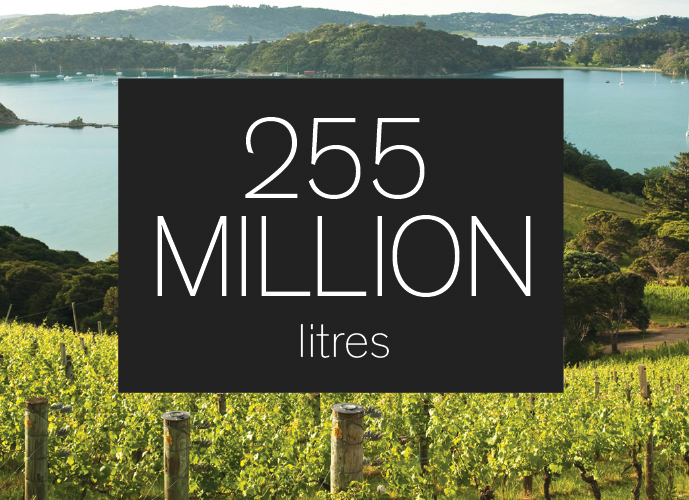
Amount of wine exported from New Zealand in 2018
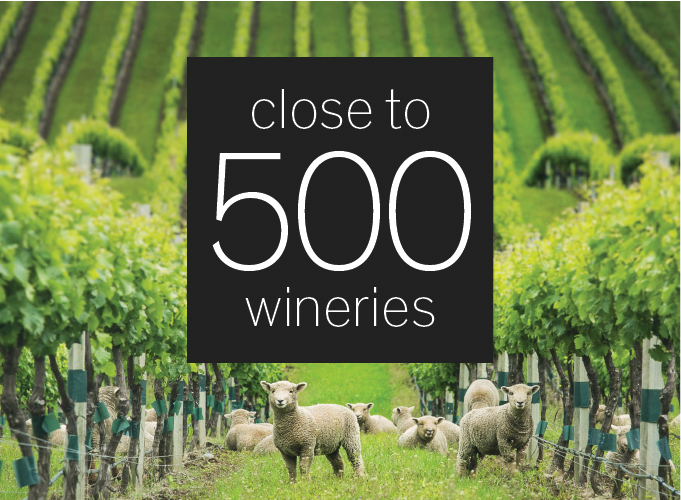
The vast majority of New Zealand’s wineries are small-scale producers.
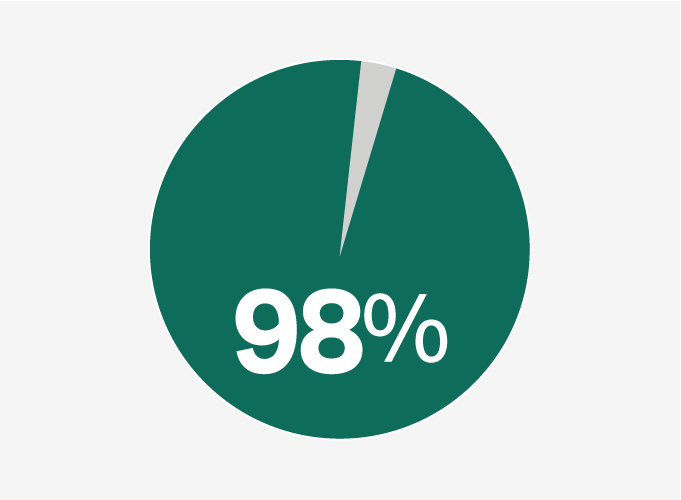
Fully 98% of the country’s vineyards are Sustainable Winegrowing New Zealand (SWNZ) certified.
New Zealand’s Key Varietals

Sauvignon Blanc
Although Sauvignon Blanc is one of the most widely planted grapes on earth, few places in the world make a more distinct or recognizable style. Usually medium-bodied with a steely intensity, it typically has lime, melon and passion fruit aromas, often with a slight saltiness and a green pepper complexity.
Try It With: Cantonese-style lobster with ginger and scallions or grilled sardines with salsa verde.

Chardonnay
Chardonnay from New Zealand’s warmer regions tends toward a fuller-bodied, rounder style with ripe peach and papaya notes, while grapes from cooler climates and higher vineyards are typically lighter-bodied with more pronounced acidity and bright lemon-lime flavours. Aged bottles often show cashew and hazelnut aromas and a creamy texture.
Try It With: Tarte flambée or a crispy phyllo-topped chicken pot pie.

Pinot Gris
While New Zealand Pinot Gris commands only a small portion of the export market, it is increasingly popular with local drinkers. Kiwi winemakers are embracing a complex, full-bodied style that often shows plenty of peach and lychee flavours, a bit of spice, complexity and a well-rounded finish.
Try It With: Roast pork with rosemary crackling or pear and cheese ravioli.

Riesling
Kiwi winemakers are finding great success with this German grape variety, and Riesling is now New Zealand’s fourth most planted white wine grape. Crisp green apple, nectarine and spice are typical, with wines produced in the country’s north showing more tropical fruit and those from the cooler southern vineyards, more citrus.
Try It With: Everything from Southeast Asian noodle salads to avocado toast.

Cabernet Sauvignon/Merlot
Yes, these are two distinct varieties, but they are almost always blended together in New Zealand. Most examples come from the warmer North Island. The Cabernet Sauvignon brings power and structure, while the Merlot provides complex aromas and fruit flavours: plum, blackberry and blackcurrant are typical.
Try It With: Steak with creamy peppercorn sauce, tacos al pastor or a good old-fashioned cheeseburger.

Pinot Noir
New Zealand’s next great grape, Pinot Noir is becoming recognized as every bit as well-suited to the country’s climate as Sauvignon Blanc. A typical Kiwi style shows notes of plum, cherry and wood smoke backed up by leather and thyme elements on polished tannins.
Try It With: Roasted quail with sticky figs or salmon in a honey-chipotle glaze.
